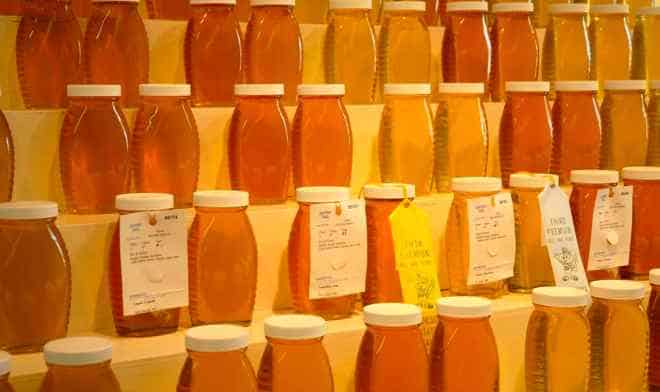In February, the U.S. Immigration and Customs Enforcement agency (ICE) reported that five individuals and two domestic honey-processing companies, Groeb Farms and Honey Solutions, have been charged for illegal importation of honey from China. This indictment follows a similar case in 2010, in which 11 individuals and six corporations were charged with the same crime, and is indicative of a federal crack-down on honey laundering.
The intent of an import duty is to protect domestic producers from international product being sold at less than fair market value, a practice called “dumping.” In 2001, the United States imposed a duty on honey imported from China after finding them in violation of anti-dumping policies.
The criminal actions led to a predicted loss of over US$80 million in tax dollars, and reduced the intended protection effects on domestic honey producers. However, the evasion also has safety implications, because contaminants have been found in honey from China.
Honey is traceable to its source by examining the types of pollen found in it. But filtration methods are able to eliminate pollen in honey, making it impossible to tell where it from. In a statement given to Food Safety News, President of the American Honey Producers Association Mark Jensen said, “Elimination of all pollen can only be achieved by ultra-filtering and these filtration processes do nothing but cost money, and diminish the quality of the honey.” CEO Bruce Boynton of the National Honey Board, a federal research and promotion board under U.S. Department of Agriculture (USDA) oversight, would argue otherwise; consumers prefer honey without particles, and particulate and air bubbles lead to faster crystallization. He has also contested the use of the term “ultra-filtration,” which is a technical term referring to a specific type of filtration resulting in a product that all parties concede is no longer honey.
Regardless of misnomers, it is true that pollen can be removed through filtration, and that the absence of pollen makes the honey untraceable. The incentive exists to do so because it caters to consumer preference, but it also makes easier to launder. The primary health concern of unregulated honey is that antibiotics and toxins not approved by the U.S. Food and Drug Administration (FDA) go undetected. In particular, chloramphenicol – an antibiotic linked to DNA damage and carcinogenicity in children – has been used to fight disease outbreaks in hives, and can be detected in trace amounts in some honeys. Additionally, toxins from lead contamination may be present, and given its accumulative nature, poses a larger threat then chloramphenicol.















